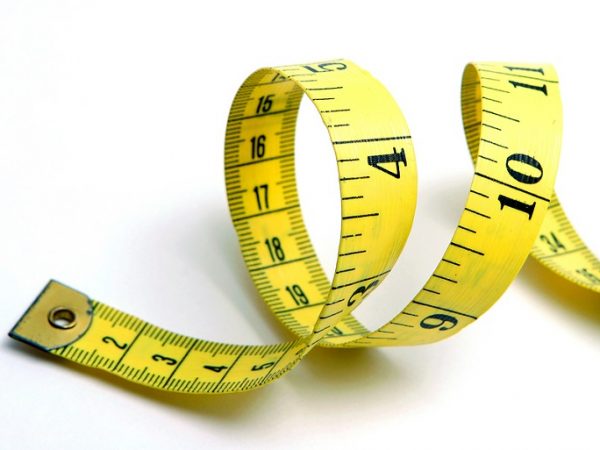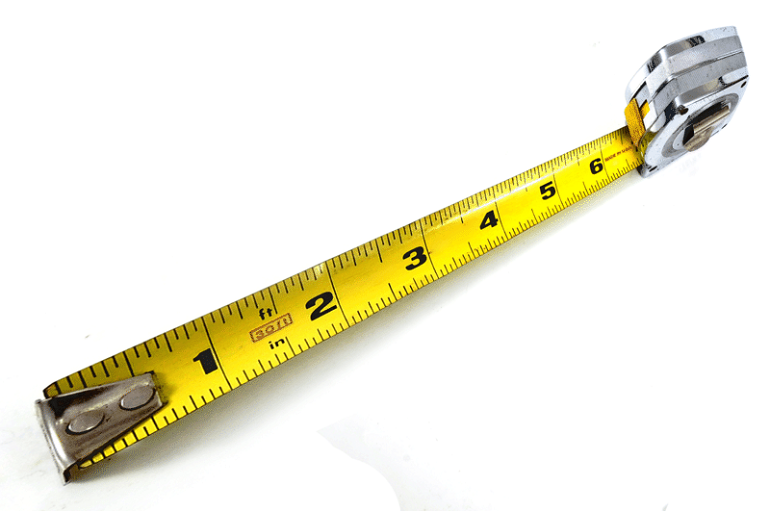04
Jan

Surveying is the profession and science of measuring and examining the dimensions and contour of the Earth’s surface for the purpose of creating a map, determining land boundaries, or constructing a building plan. In one form or another, surveying has been around throughout all of human history with some incredible evidence we can still witness – the pyramids of Egypt and Stonehenge in England.

And ever since these ancient feats of architecture were built, surveying has evolved greatly. Today, the average surveyor needs to have a combination of skills derived from engineering, mathematics, physics and even law, as well as a wide assortment of tools for measuring and the proper knowledge on how to use them. Surveying depends on the precise measurement of distance, angles and elevation. And depending on the type of measuring, there are many different tools, however, no surveyor’s kit can be complete without the following ones.
Surveying rods are popular tools for measuring that both surveyors and contractors use. They are usually made of aluminium or hardwood and designed to serve the same purpose – measure the distance between two points which are in close proximity.
When a surveyor needs to measure a much larger distance, an electronic distance measurer allows him to do so quickly and with great precision. Electronic distance measurers use a laser in order to accurately asses the distance from one point to another based on the amount of time it takes for the laser to travel. They are advanced and expensive pieces of surveying equipment which are thought to completely replace surveying chains at some point in the near future.
Measuring elevation is another important part of the surveying profession. and for that reason a surveyor uses a reliable tool called a level. There are two types of levels – spirit levels and digital ones. Spirit levels most commonly used in surveying are the dumpy level, Y level, Cushing’s level, Tilting’s level, Cooke’s reversible level, and the automatic level. Although spirit levels are still widely used, digital levels are becoming increasingly popular because they are much easer to use and are able to measure elevation with very high accuracy.
The compass is one of the oldest surveyor tools, having been used hundreds of years ago to determine the proper direction in which temples were built. Today, the modern surveyor uses the compass to determine the direction of the line being surveyed. Although there are various types of compasses, they generally fall into two main groups: plain compasses and vernier compasses. The plain compass always reads the magnetic North and does not allow for any adjustments, while the vernier compass has an adjustable scale that allows the compass to point to true North.